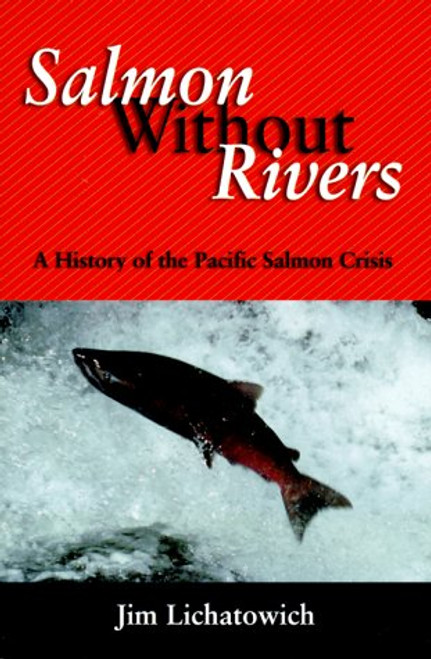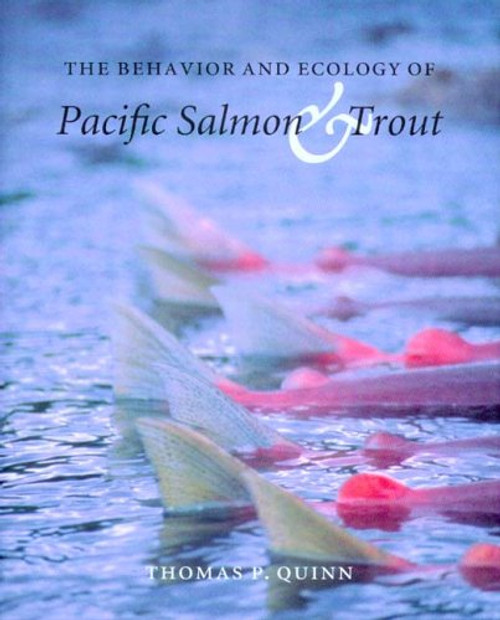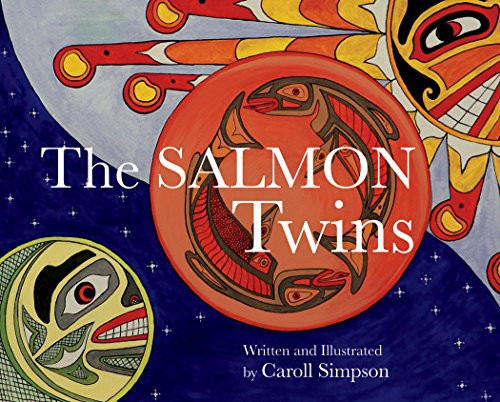Looks at salmon restoration efforts, including the role of hatcheries, public policy, and the economics of the Pacific Northwest.
Salmon Without Rivers: A History Of The Pacific Salmon Crisis
Brand: Island Press
$71.03 - $117.72
- UPC:
- 9781559633604
- Maximum Purchase:
- 2 units
- Binding:
- Hardcover
- Publication Date:
- 1999-08-01
- Author:
- James A. Lichatowich
- Language:
- english
- Edition:
- First Edition






